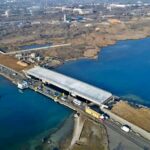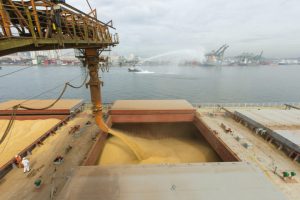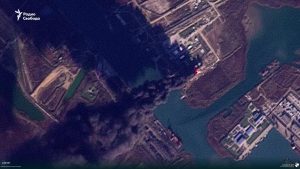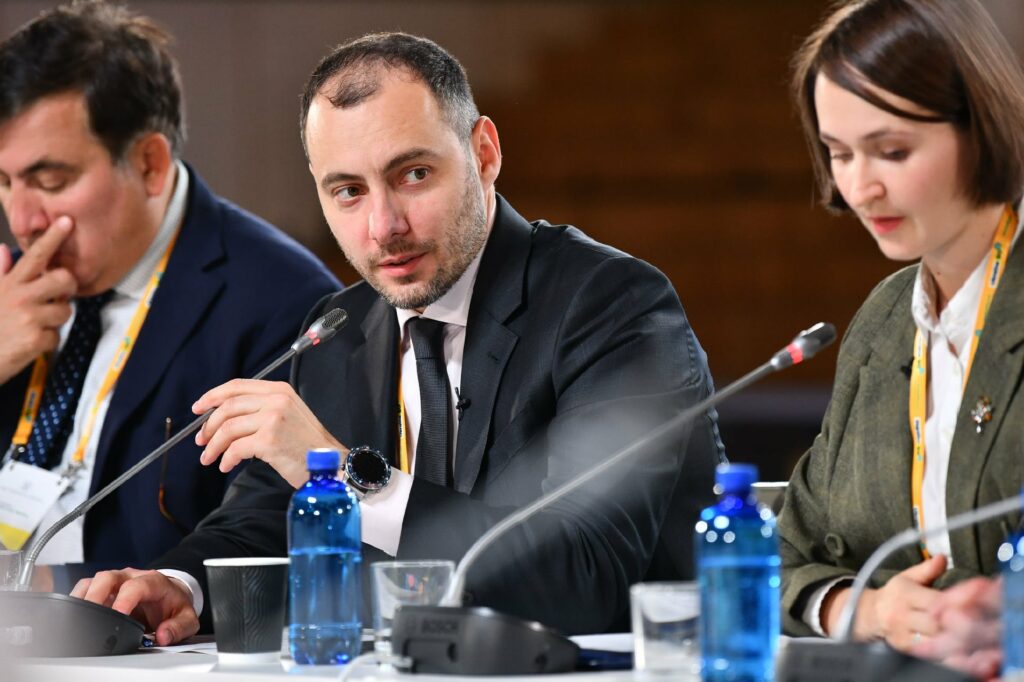Driving to the port: how and when the roads in the Odesa region will be changed
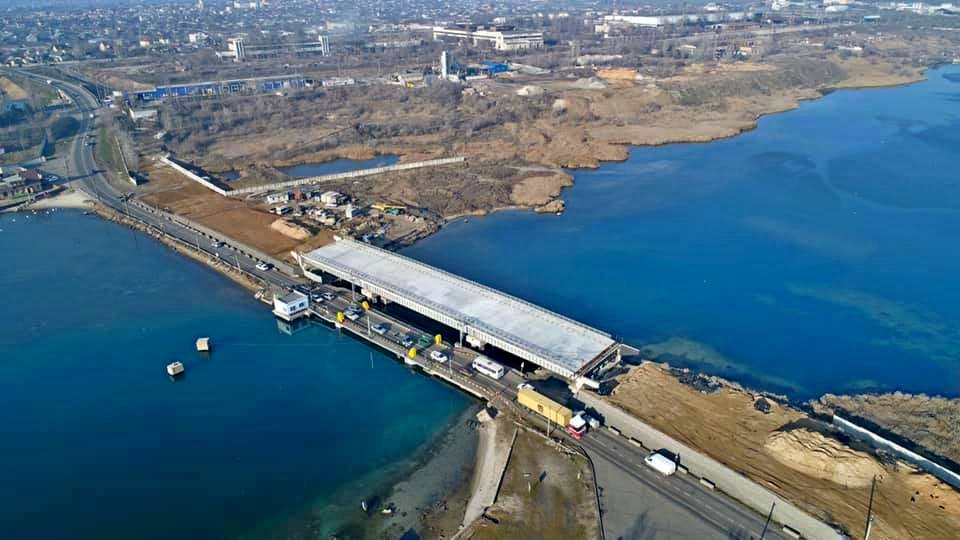
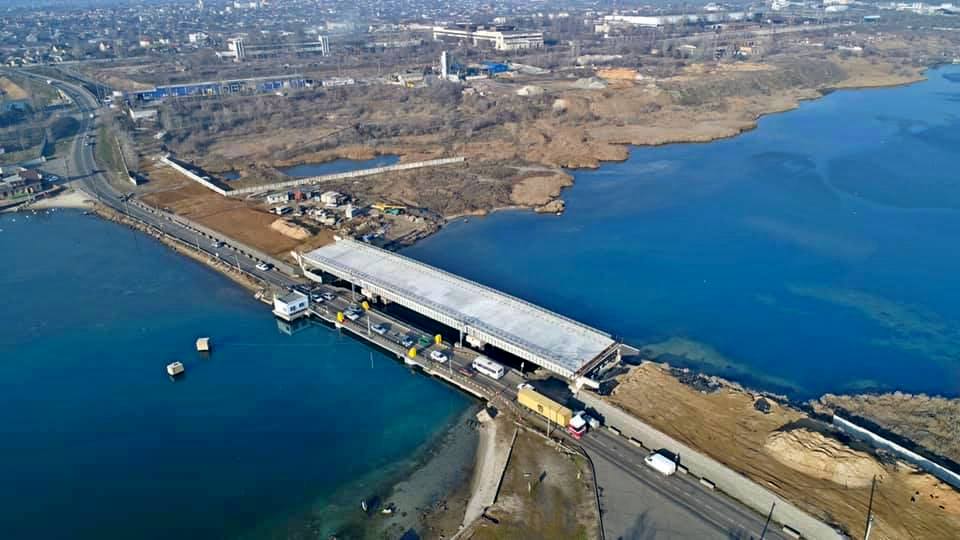
The urgent need for high-quality roads that lead to the ports of Odesa region is not a whim of carriers and shippers. This is, in fact, a prerequisite for the development of the ports themselves, their investment attractiveness. At the same time, the only road to the Odesa port is toll. There is still no normal bridge across the Sukhoi Estuary on the road to the port of Chornomorsk, the Odesa-Mykolaiv route needs to be expanded to increase its throughput. And the lack of settling sites for heavy vehicles creates a problem with trucks, which in large numbers (especially in the summer season) accumulate on the sides of the main routes.
The solution of these issues, by the way, is provided for in the National Strategy for the Development of Ukrainian Ports until 2038, which was approved by the Cabinet of Ministers.
USM talked about this with Dmitry Rybalka, Head of the Road Service in Odesa region, and learned about the details of the construction of new routes and the reconstruction of existing ones, plans for the near and long term.
Dmitry Rybalka, 33, has been working in the road industry since 2011. In 2016, he became Deputy Director of the State Enterprise “Odesa Oblavtodor”, and in 2020 he headed the Road Service in Odesa region.
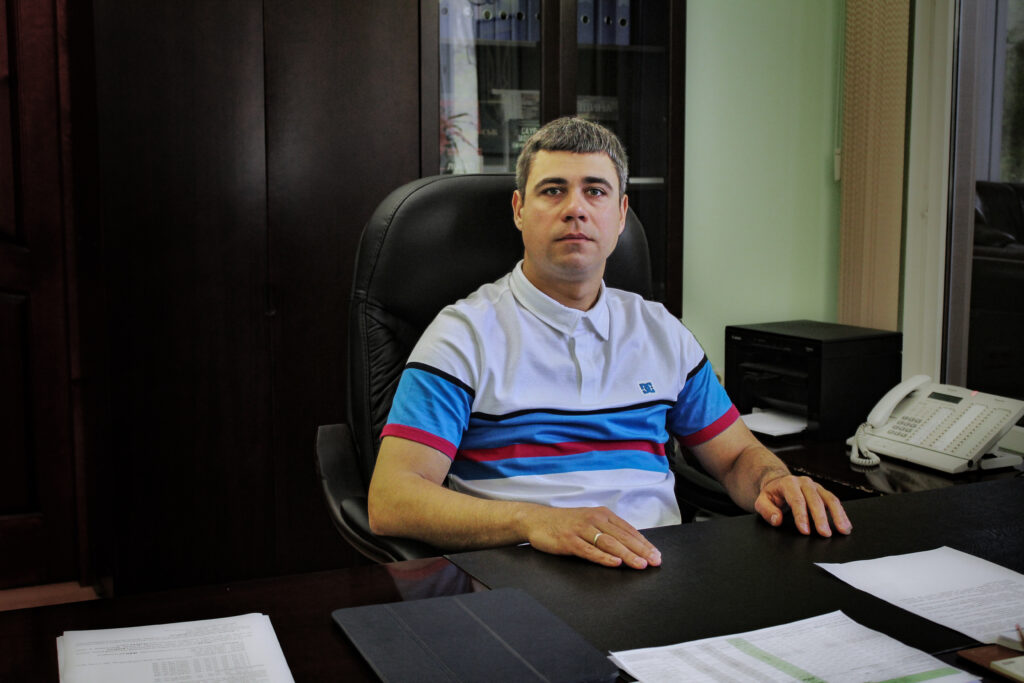
Roads to the port: major reconstruction
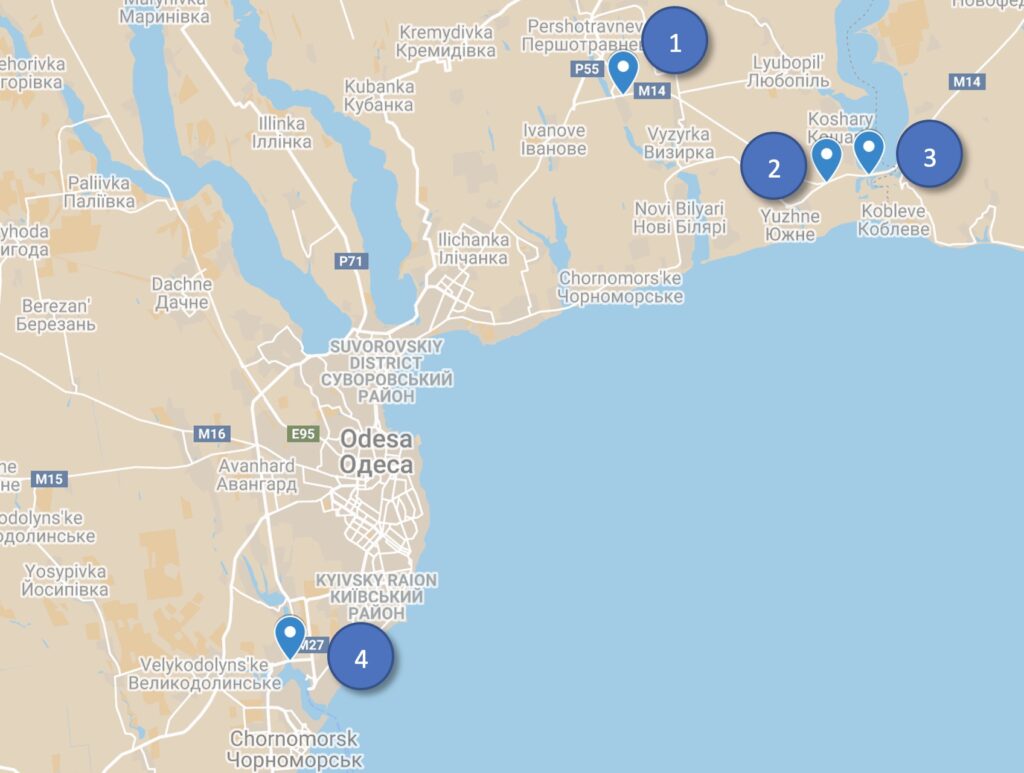
The plan of the main objects of reconstruction: 1) The place of narrowing of the M-14 route; 2) The junction of M-28 and M-14 routes; 3) The bridge over the Tiligul estuary; 4) Bridge over the Sukhoi estuary
What is planned to be done during the overhaul and reconstruction of the M-14, M-15, M-28 and M-05 roads in the short, medium and long term?
We are currently working on the implementation of an investment project approved by the Cabinet of Ministers. The goal is to connect the ports of Ukraine with a single cargo infrastructure facility. This is the M-14 road, on which we are interested in four sections. One of them connects Odesa and Mykolaiv (major repairs are planned there). On this part of the road there is a narrowing point where four lanes turn into two. Therefore, reconstruction will be carried out, it will be made wider.
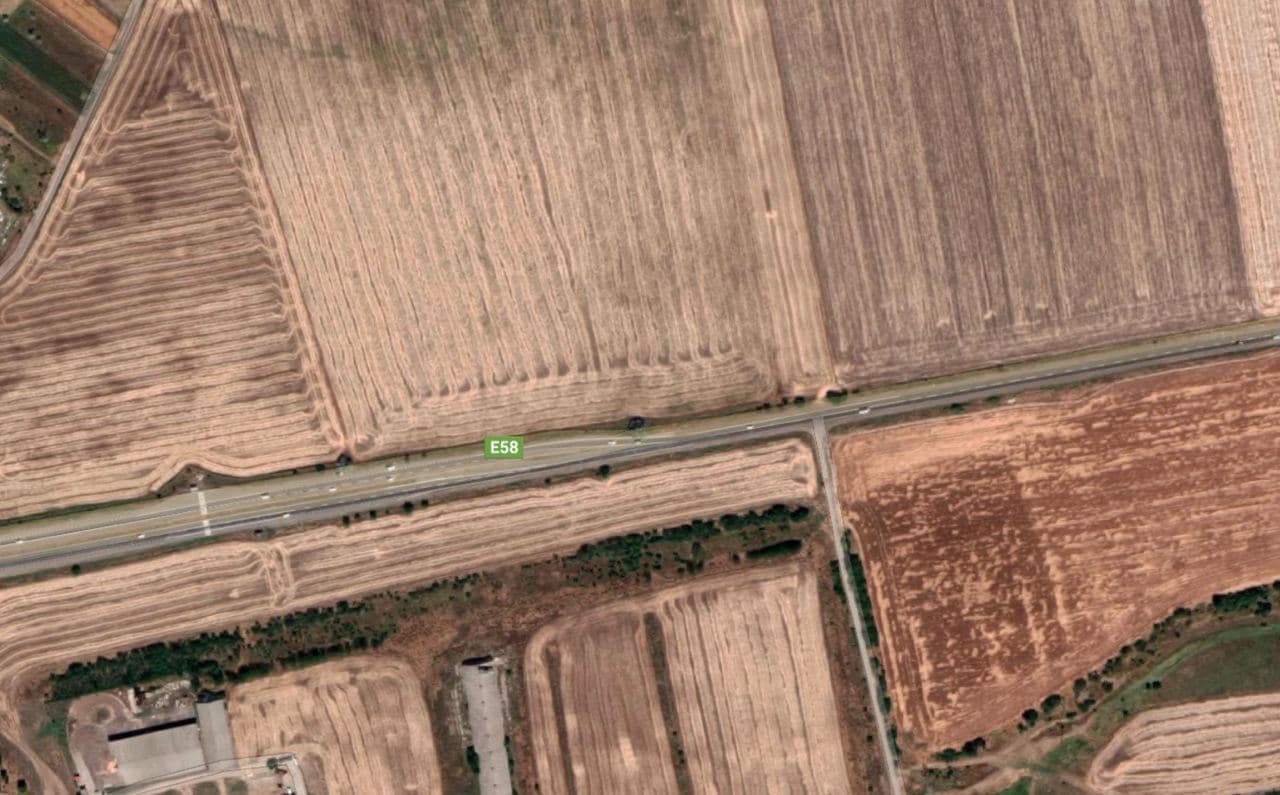
The narrowing point of the M-14 route
Another reconstruction will be on the section of the route near Odesa, where two roads – M-28 and M-14 – connect. The junction of these roads is now being designed in order to secure it, since emergency situations often occur there. Transport on this section should freely disperse in the direction it needs, for example, in the direction of Yuzhny, Odesa or Dofinovka. Another project is the expansion to six lanes of the bridge in the area of the Tiligul estuary on the border of the Mykolaiv and Odesa regions.
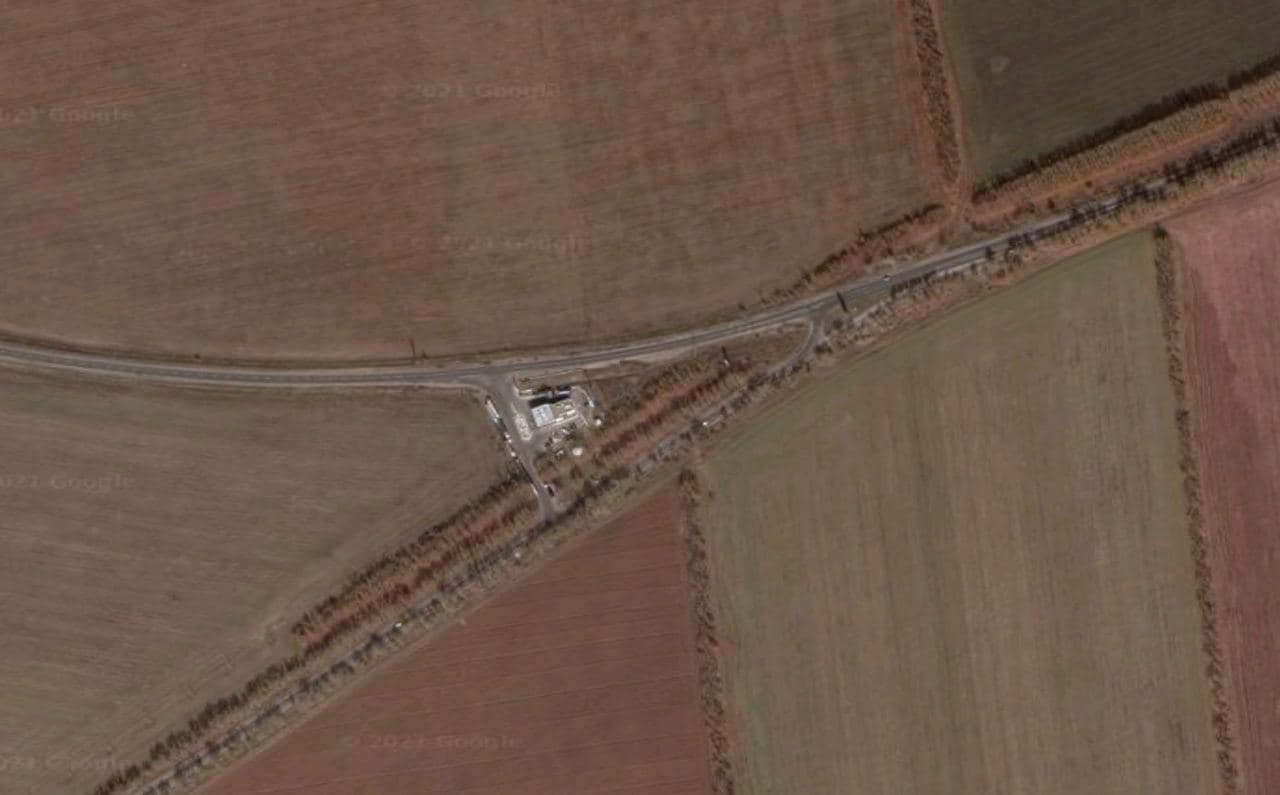
Intersection of М-14 and М-28 routes
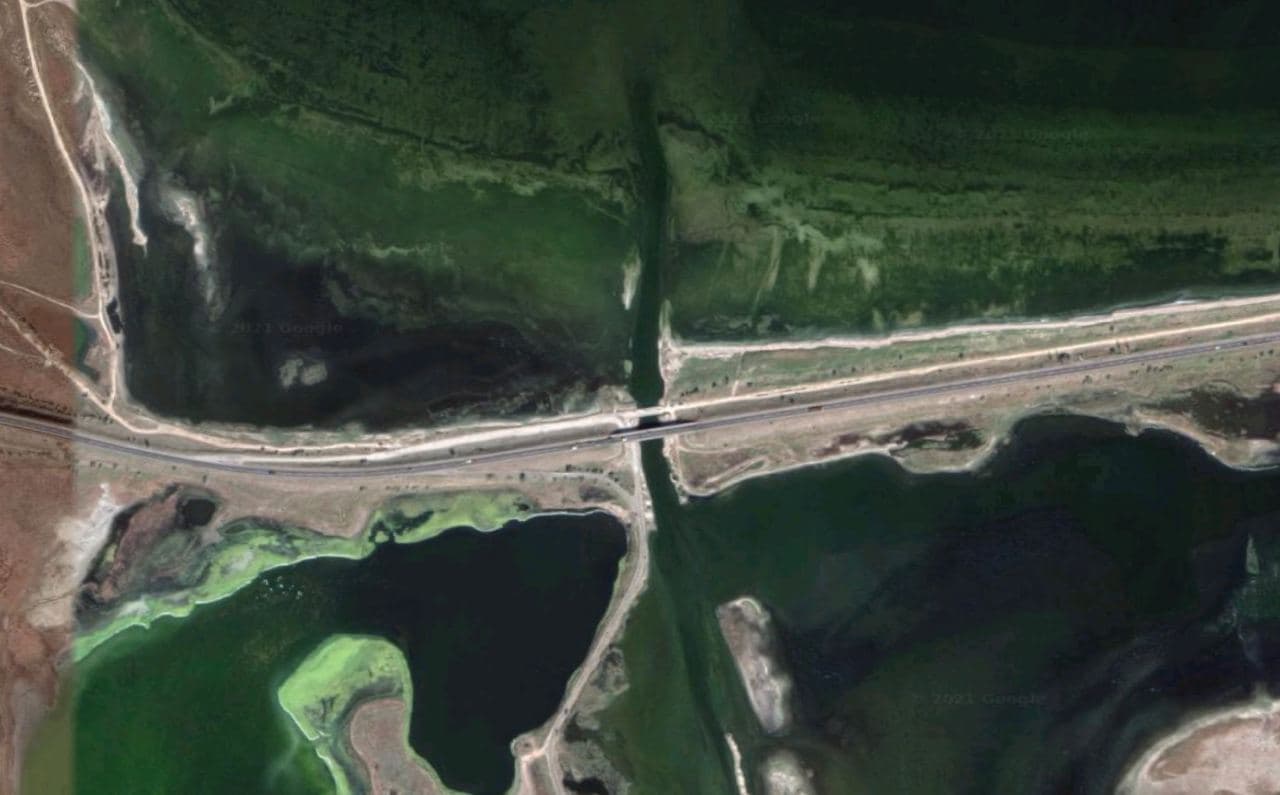
Bridge across the Tiligul estuary
The M-28 route is more difficult. We have not entered the active stage of the reconstruction project yet. First of all, because now the priority is the M-14 road. But the M-28 route will also be reconstructed, it cannot cope with the existing traffic.
If we talk about the long term (10-15 years), then the traffic growth will increase even more and Fontanka will suffocate. At the same time, the reconstruction there will be more difficult, there are chaotic buildings and houses are close to the side of the road.
The M-28 route will indeed relieve traffic, but it will become more tourist rather than logistic for freight transport. Nevertheless, we will also deal with it in the future.
Tell us about the project for the construction of a road bypassing Odesa to the Yuzhny port?
The most problematic moment is the construction of a road bypassing the Kotovsky region in Odesa. This is a narrow place where trucks are forced to enter city streets, thereby violating the law; such a tonnage cannot be driven near residential buildings, but drivers have no other way now. Consequently, there is an urgent need to build a new road. Its length will be 10 km. The existing section there will expand to the village of Korsuntsy through Krasnoselka and will join the M-14 route. Now the design is underway, we are choosing the exact route, communicating with environmentalists, after which we will know exactly the timing of the start of construction and the cost.
Reference: According to the data of the Road Service in the Odesa region, a part of the road bypassing the town of Kotovsky can pass along the coast of the Kuyalnitsky estuary. This causes public concern, but the RS assures that the route will be separated from the estuary by a “green zone” and special protective structures.
Are there plans to reconstruct the M-15 route?
The M-15 route has been completed (overhauled). Today, the only problem is its parameters. There is a shortage of lanes in the summer. But now a new direction of the Odesa-Reni road is being considered (only being considered, because the project costs colossal money). This is a bridge across the Dnister estuary (from Ovidiopol through the estuary and to the village of Monashi). The length of such a road will be 81 km. The approximate cost of the project is UAH 32-35 billion (USD 1,18 -1,29 billion). The construction of the bridge alone will require UAH 16 billion (USD 590,5 million). However, this is an important strategic project.
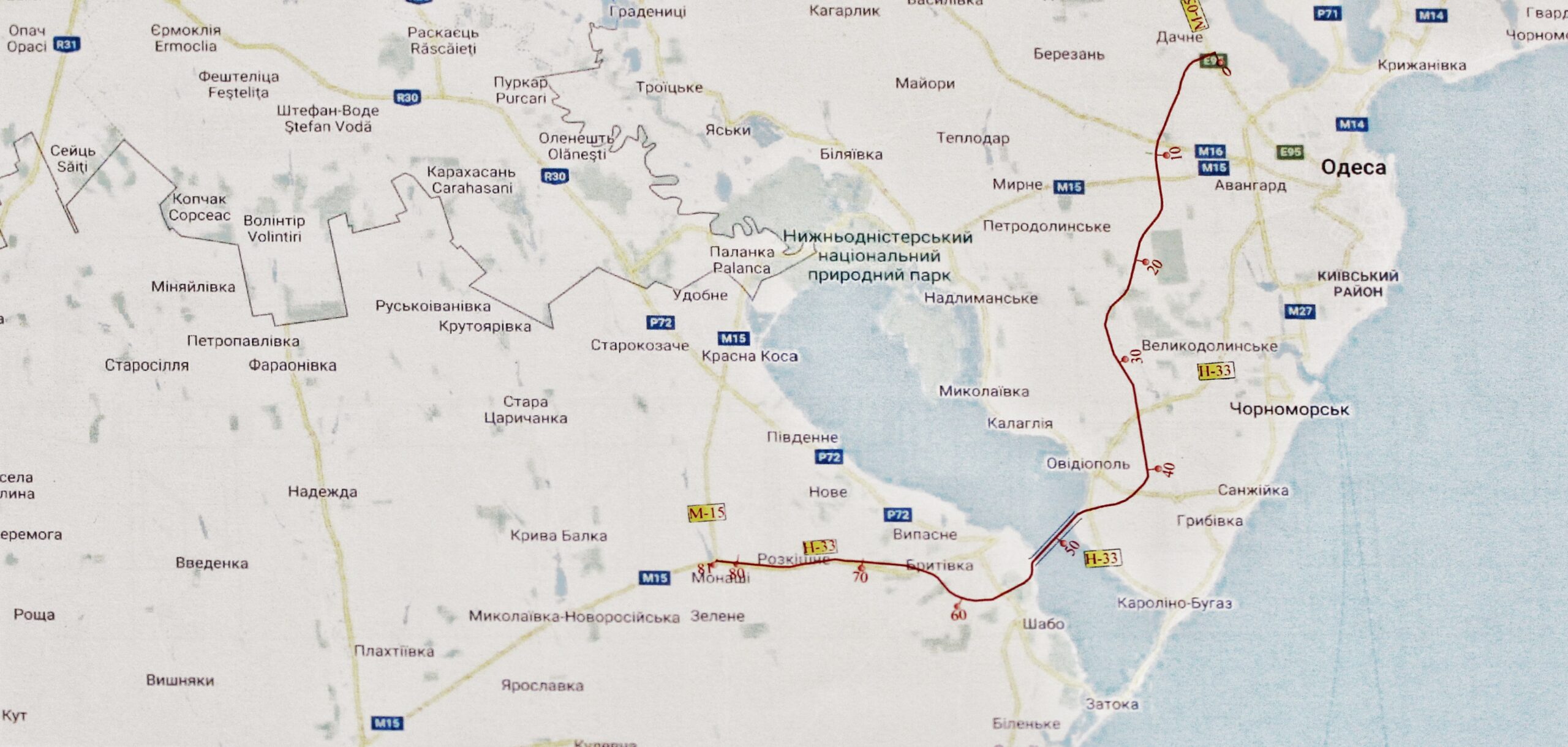
Reconstruction of the M-15 route with the construction of a bridge across the Dnistrovsky estuary
If the Odesa-Reni road is built, we do not exclude the possibility that it may be toll. Drivers will have a choice: to drive the existing Odesa – Reni road or choose a new, more comfortable, but toll one.
Why do you need another road if the Odesa-Reni route already exists?
We are talking about the concession version of the road, which will be toll. The new road will be wider and without oncoming traffic.
In this case, what might be the fare on such a road?
The price is still unknown. It depends only on the concessionaire. Whatever he sets the price, so it will be. And it will be great if the Odesa region will be the first in Ukraine, where a road with such parameters will become toll.
On what conditions are you planning to attract an investor?
There are no any conditions. There is simply such a vision. If any of the concessionaires find it interesting, then let them come in. We will discuss.
What are the sources and amounts of financing for road reconstruction projects?
There are various sources. Last year we attracted a lot of investors. This is credit money, and money of the World Bank, and the state budget, and regional budgets.
Strategically important facility
At what stage is the construction of a new access road to the Odesa port now?
Another important object is the road to Odesa port. Construction has already begun. But we have many “well-wishers” who put sticks in the wheels. But, in spite of everything, the work continues. The construction of a new access road to the port of Odesa is expected at the international level.
Reference: The new access road to the Odesa seaport should connect the port territory and the M-28 Odesa – Yuzhny route. The future road runs along its entire length in difficult hydrogeological conditions and, among other things, requires replacing the soils of the base of the subgrade to a depth of two meters. Its length will be 5.3 km, including a 500-meter overpass with a height of 13 meters. The road will have two lanes, expanding to six lanes at the entrance to the checkpoint. The customs zone will begin at the same place. The construction also provides for the presence of a TIR (Transports International Routiers) platform for the storage of heavy vehicles for 300 vehicles. Additionally, two platforms for weighing vehicles in motion (WIM) will be installed. The project is financed from the state budget and loans. The construction customer is Ukravtodor. The contractor is Rostdorstroy LLC.
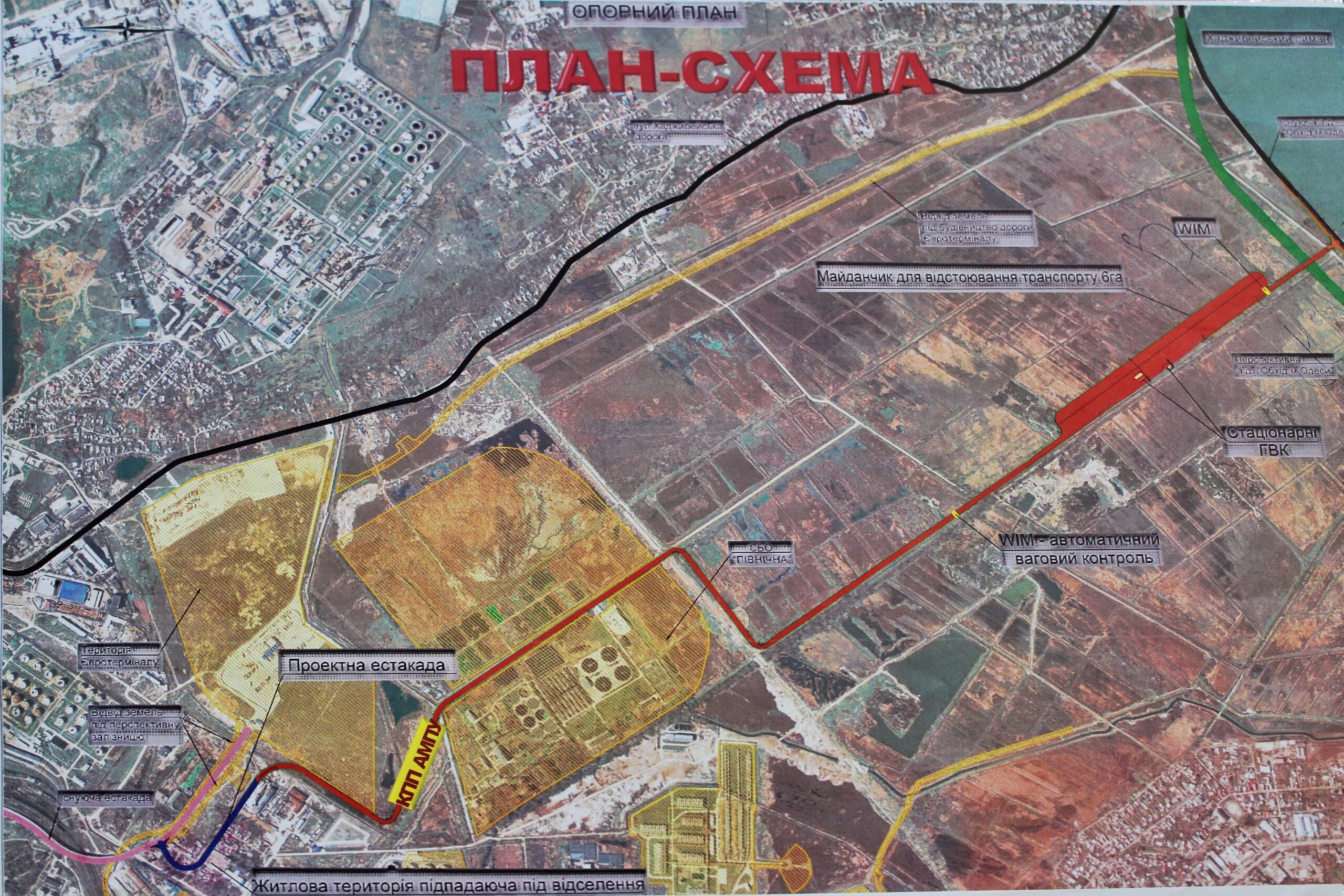
Layout of the new road to the port
What is the approximate completion date for construction?
We take two years. We expect that construction will be completed by the end of 2022.
What is the cost of the new bypass road to the port of Odesa?
The design cost of this road is over UAH 2 billion (USD 73,8 million). But the price can be adjusted during the construction process. It is unlikely in a big direction, most likely, on the contrary, in a smaller one. Objects are not always more expensive than in the original calculations. For example, the Khadzhibeyevsky bridge, which we repaired, ended up being 100 million hryvnia cheaper than the estimated amount, almost 1/7 less than the original price.
How will the new road to the port affect traffic in Odesa?
Very much. We will get rid of cases when, for example, trucks drive into Khimicheskaya Street, thereby destroying the foundations of nearby houses and communal roads. The street dwellers just have chandeliers wobbling in the house, and I would not wish anyone to live there. And with the help of the new road to the port, we will at least make life easier for people. I’m not even talking about the fact that this road is strategically important for the international community and the logistics and transport shipping market.
After the reconstruction of the roads that we have listed, will the capacity of these roads for heavy vehicles increase?
Will increase significantly. We will not have problems with traffic jams as such, for example, in the direction of Mykolaiv.
What is the capacity of these roads now, and what will it be after the reconstruction?
Reconstruction implies an increase in the throughput of roads by 3 times, from 10 to 30 thousand vehicles per day. As for М-05, we are carrying out major repairs there. In this case, the capacity on this route will increase only due to the fact that the road will become safer (new signs, and no dimples).
Freight transport on the side of the road can turn roads into “clay mush”
Heavy-duty transport requires parking areas. Where do they plan to build them?
This is a really big problem. We do not have them at the moment. If we talk about the Odesa region, then the first site that will definitely be there is a parking area at the new access road to the Odesa port. More than 300 cars will be able to stop there. Additionally, a building of 300 square meters will be built with amenities: shower, toilet and so on. I cannot say that these services will be free, but the drivers will have the opportunity to rest and leave the transport in peace. This will solve the problem, for example, when the state prohibits the movement of heavy cargo in +28 C and above. In that case, where to stay? Now our truck drivers leave their vehicles on the side of the road, and we receive notifications about accidents, and often fatal ones. Parking areas are now an urgent need. Ukravtodor for the first time drew attention to this problem last year. If we thought only about comfortable roads before that, now we understand that a comfortable infrastructure is not only roads.
It is planned to install parking areas on the M-14 route, which is now being reconstructed. And two more sites will be located on the Kiev-Odesa route as part of the overhaul of the route, which we are currently designing.
Can you name more accurate and specific locations of the parking areas on the routes?
There will be 2 sites at the intersection of the M-14 and M-28 roads (with an approximate capacity of 400 cars). They are now at the design stage. It is planned to place 8 parking areas on the M-05 route. Design work is underway, the exact location and size is not yet available. Parking areas on the Odesa-Chornomorsk road are also still in the process of developing and choosing the best technical solution. And the project of the road under construction to the port of Odesa provides for the presence of parking areas for 400 vehicles.
Can the Road Service predict peak seasonal road loads? What measures can be taken to prevent the accumulation of freight transport at the entrances to Odesa, Yuzhny and Chornomorsk?
The road service does not make special calculations. We control the condition of roads and travel along them. We know where there are travel difficulties due to seasonal increases in traffic. It usually grows from June to September. In summer, the increase in traffic flow can reach 40%.
The parking areas project needs to be completed more quickly in order to hide freight transport in buffer zones so that freight transport on the sidelines does not turn roads into “clay mush”. And faster to implement the infrastructure processes that we discussed with you earlier, the construction and reconstruction of roads. We also need to build more WIM sites and WIM systems to weigh vehicles in motion. We are now comprehensively addressing this problem.
How many parking areas ideally should be in the Odesa region to solve the problem with trucks on the roadside?
It is already planned 300 seats on the new road to the port, there will also be 300 seats on the M-28 route, up to 100 seats on the M-14 route, and up to 200 seats on the M-05. Additionally, do not forget about private parking areas. They exist and there are many of them. Drivers stand on the sidelines because they don’t want to pay.
Such a site is definitely needed in the Chornomorsk region, but there is a problem with land. Everyone wants to settle there, but no one wants to allocate land for this.
When is the completion of the construction of the bridge over the Sukhoi Estuary on the Odesa-Chornomorsk road planned?
There is an interesting story about the bridge over the Sukhoi Estuary. The city of Chornomorsk was engaged in this bridge, the city administration was the customer and initiator of the construction. And Chornomorsk also began its construction. But, apparently, the city authorities decided to save money, and it was built in the parameters in which it exists now. But that’s the problem. When the customer of the bridge was Chornomorsk, the designers carried out geodetic works and found that there were 27 meters of silty soils on the approaches to the bridge. A professional designer must then add the length of the bridge to drive the piles to a depth where there is already solid ground. Thus, the bridge will be stable. Yes, such a way out of the situation not only lengthens the bridge and makes it more expensive, but there will be no problems with it in the future. And in Chornomorsk they made another decision, and we have what we have.
Now the bridge was transferred to our balance sheet: it turned out that the road of international importance M-27 Odesa-Chornomorsk is connected by a bridge that is not on the balance sheet of the Odesa region Road Service. And thus, we were essentially losing communication between two roads of international importance. Therefore, the RS in the Odesa region initiated the transfer of the construction of the bridge to its balance sheet.
The embankments have already been erected, I even crossed this bridge on foot. It was found that under load, the silty soils shrink and pressure occurs on the bridge. Therefore, today there is a risk that if we do not solve this problem, the structure will be unsafe. Geologists and surveyors have already been involved in the work to take operational measures. If there is no other way out, then there is a possibility that the bridge will still have to be lengthened, but this will lead to an increase in the cost of the project. In any case, the decision on the bridge will be made in the next two weeks.
Our overarching task is to open the bridge to the 30th anniversary of Ukraine’s Independence in August. But given the heap of problems, it is more likely that construction will be completed by the end of the year.

Construction site of a new bridge across the Sukhoi estuary
When the bridge across the Sukhoi Liman is completed, how will this affect the capacity on the Odesa-Chornomorsk route?
If we talk about traffic, then nothing. No increase in flow is expected. The bridge across the Sukhoi Estuary is designed for an intensity of 10 thousand cars per day. The pontoon ferry will not work after the bridge is put into operation, it will be dismantled. Now the carrying capacity of the crossing is also 10 thousand cars daily.
In general, in order to correctly plan the development of the road network in the Odesa region, and not only to respond to current requests, it is necessary to form a comprehensive vision of the existing problems and the medium-term development of the port infrastructure.
For this, it is very important to have data on the number of freight road transport going to ports, including taking into account the seasonality and peak traffic loads.
At the moment, there is no such vision in the Road Service in the Odesa region, and we believe that the Ministry of Infrastructure should take part in its formation. It is in his authority to coordinate projects for the development of port and road infrastructure.
The need for parking areas for freight transport, regulation of their work, prices, and coercion to use such sites to preserve the roadway and reduce accidents are also within the authority of the MIU.
In this regard, we want to draw the attention of the Ministry of Infrastructure to the need to improve interdepartmental coordination at the level of strategic plans, which will undoubtedly benefit both port workers and road workers, and all residents of the Odesa region.
Interviewed by Evgeniya Tyagunova
